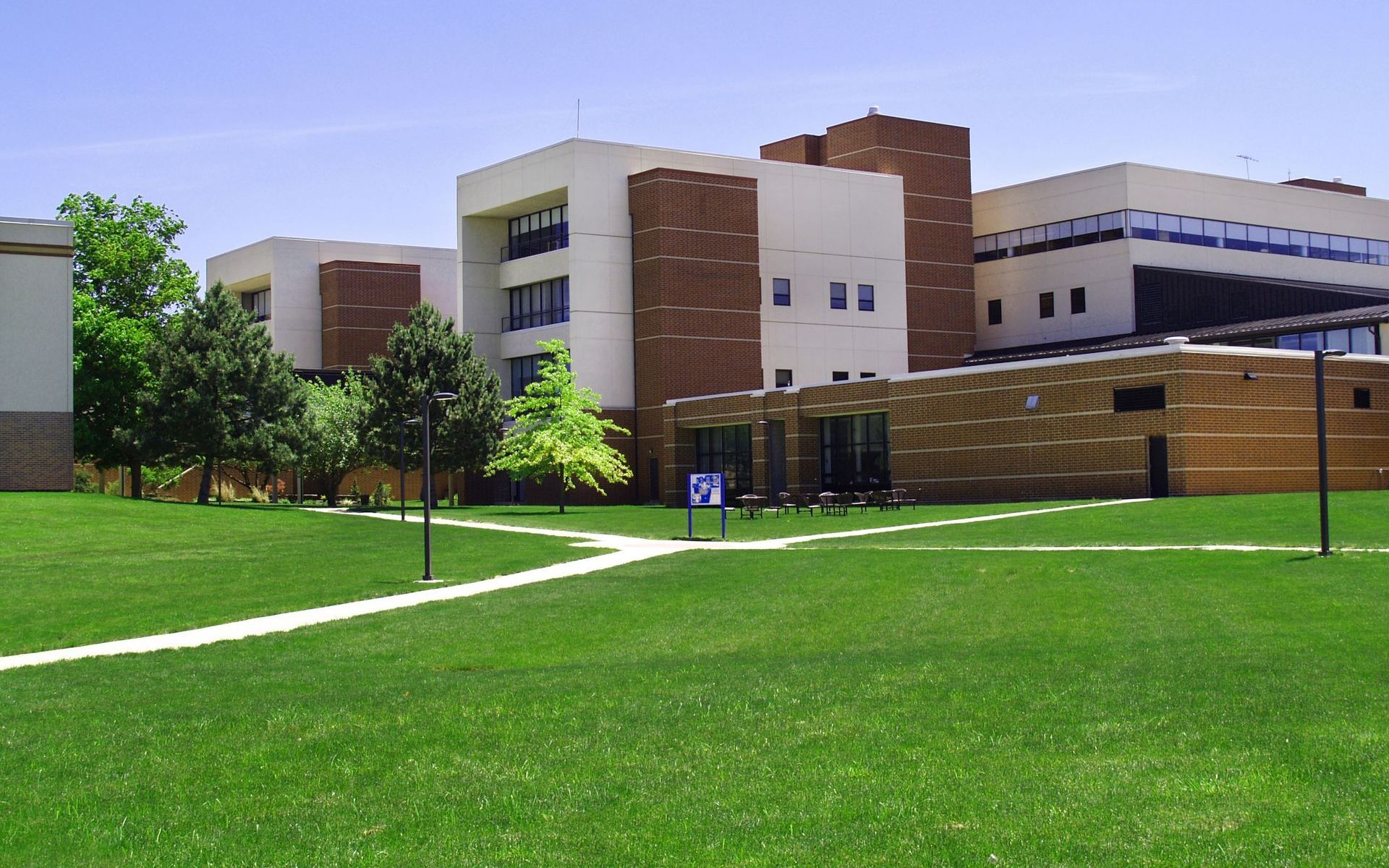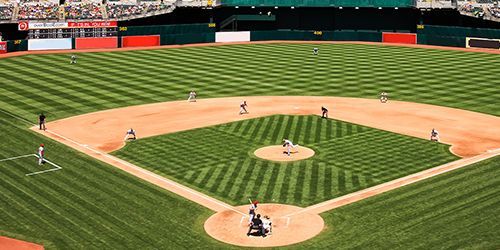Enhanced Efficiency Fertilizers (EEFs)
INDUSTRY ADVANTAGES
Golf INDUSTRY ADVANTAGES
Getting Down to Business on Your Golf Course - Tee to Green
You're deeply invested in your course, and with EEFs, managing it becomes a breeze. The extended longevities provided by EEFs ensure your course remains lush and vibrant for longer durations, requiring fewer applications. This not only saves time and operational costs but also allows your team to focus on more productive tasks. The efficient nitrogen delivery of EEFs means more nutrients are absorbed by your turfgrass, significantly minimizing losses to the environment through leaching, denitrification, runoff, or volatilization.
Your passion for the appearance and playability of your course demands reliable, cutting-edge technologies. In the midst of escalating costs, tight budgets, and environmental concerns, EEFs offer you a business advantage by reducing nutrient loss and ensuring the health of your turf. For detailed information on Allied Nutrients EEF technologies and their benefits for your golf turf, refer to the Allied Nutrients QuickSpecGuide for Superintendents and TurfTips: Golf - What's in the Bag. Discover the best technologies tailored for your needs and learn how to streamline labor, cut operating costs, and optimize turf health by innovating your fertilization practices.
You're deeply invested in your course, and with EEFs, managing it becomes a breeze. The extended longevities provided by EEFs ensure your course remains lush and vibrant for longer durations, requiring fewer applications. This not only saves time and operational costs but also allows your team to focus on more productive tasks. The efficient nitrogen delivery of EEFs means more nutrients are absorbed by your turfgrass, significantly minimizing losses to the environment through leaching, denitrification, runoff, or volatilization.

Your passion for the appearance and playability of your course demands reliable, cutting-edge technologies. In the midst of escalating costs, tight budgets, and environmental concerns, EEFs offer you a business advantage by reducing nutrient loss and ensuring the health of your turf. For detailed information on Allied Nutrients EEF technologies and their benefits for your golf turf, refer to the Allied Nutrients QuickSpecGuide for Superintendents and TurfTips: Golf - What's in the Bag. Discover the best technologies tailored for your needs and learn how to streamline labor, cut operating costs, and optimize turf health by innovating your fertilization practices.
Fewer Fertilizer Applications:
- Helps to reduce overall fertilizer expenses, by saving money on fuel and equipment upkeep costs
- Allows for optimized labor allocation
- Less time fertilizing frees up crews to complete other value-added tasks
- By applying enhanced efficiency fertilizers (EEFs), nitrogen (N) use can be reduced by up to 40% when compared to conventional fertilizers like urea and ammonium sulfate
- Saves money and helps to efficiently manage the use of this valued fertilizer resource
Optimum Nutrient Plant Uptake:
- Minimizes growth flushes, reducing unplanned mowing and clippings/hardscape clean-up
- Consistent and reliable nutrient delivery minimizes the feast/famine cycle that can cause stress; turfgrass can be more tolerant to weeds and diseases
- Efficiently works to promote turfgrass appearance and playability, while reducing the need for additional turfgrass maintenance products that may have to be purchased and applied
- EEF technology, longevity and SGN options enhance the superintendent’s ability to precisely manage fertilization throughout the course to meet specific growth patterns as well as environmental and playing conditions — from close canopies to fairways, roughs and clubhouse areas
- Environmentally responsible with low potential for nutrient leaching, denitrification, runoff or volatilization
To download a quick spec guide on "Innovating the Way You Fertilize" for superintendents and golf turf managers, click on the button below.
Lawn and Landscape INDUSTRY ADVANTAGES
Growing Your Success - Commercial to Residential
It's competitive out there. EEFs can give you an edge. Extended longevities mean fewer applications. This creates opportunities to expand your services, or add new customers. And with efficient nutrient delivery, nitrogen (N) uptake by the grass is optimized. Less is lost to the environment through leaching, denitrification, runoff or volatilization. The benefit: you get more out of each bag you buy.
Every decision is a business decision. Seriously think about incorporating these EEFs into your business model. In the face of rising operating costs and environmental pressures, the business advantages these technologies provide will help you grow your success—and—set you apart from your competition.

Fewer Fertilizer Applications:
- Helps to reduce overall fertilizer expenses and equipment costs
- Allows for optimized labor allocation
- Less time fertilizing provides opportunities to visit more properties per day or offer additional revenue-generating services
- Less bag handling reduces risk of injuries
- Applying controlled-release, slow-release and stabilized nitrogen enhanced efficiency fertilizers (EEFs), nitrogen (N) use can be reduced by up to 40% when compared to conventional fertilizers like urea and ammonium sulfate
- Saves money and helps to efficiently manage the use of this valued fertilizer resource
- Responsible N utilization helps to differentiate the lawn or landscape professional from the competition and provides a key selling advantage when talking with current or potential customers
Optimum Nutrient Plant Uptake:
- Minimizes growth flushes
- Reduces unplanned mowing, scalping, clipping and hardscape clean-up
- Consistent and reliable nutrient delivery minimizes the feast/famine cycle that can cause stress
- Healthy lawns can be more tolerant to weeds and diseases
- Healthy lawns reduce the need for additional lawn care maintenance products that may have to be purchased and applied
- Efficiently works to promote landscape appearance and vitality
- EEF technology, longevity and SGN options enhance the ability to tailor fertilization programs that meet both business needs and specific turfgrass or plant requirements
- Environmentally responsible with low potential for nutrient leaching, denitrification, runoff or volatilization
Municipal & INSTiTUTIONAL Manager Advantages
Getting Down to Business Around Your City
In the face of rising operating costs, tighter budgets and environmental pressures, more municipal property managers are applying enhanced efficiency fertilizers (EEFs) to maintain green spaces.
With fewer applications you can save time, save money, and can allocate labor to complete other tasks. EEFs also promote green space appearance with more of the applied nitrogen (N) taken up by the turfgrass. Less is left to be lost to the environment through leaching, denitrification, runoff or volitalization.


With minimal disruption to those who utilize green spaces or sports fields, the EEFs listed below effectively contribute to their enjoyment, while providing valued business advantages for municipal property, institutional grounds and sports field managers.
Fewer Fertilizer Applications:
- Helps to reduce overall fertilizer expenses, by saving money on equipment costs
- Eases the frustration of scheduling applications in high-use areas, and limits visibility when fertilizing those areas
- Allows for optimized labor allocation
- Less time fertilizing frees up crews to complete other value-added tasks
- Less bag handling reduces risk of injuries
- Applying controlled-release, slow-release and stabilized nitrogen enhanced efficiency fertilizers (EEFs), nitrogen (N) use can be reduced by up to 40% when compared to conventional fertilizers like urea and ammonium sulfate
- Saves money and helps to efficiently manage the use of this valued fertilizer resource
- Responsible N utilization helps to support municipal environmental initiatives that may be in place
- Making fewer fertilizer applications per year keeps green space healthy and available for use
Optimum Nutrient Plant Uptake:
- Minimizes growth flushes, reducing unplanned mowing and clippings/hardscape cleanup
- Consistent and reliable nutrient delivery minimizes the feast/famine cycle that can cause stress; green spaces can be more tolerant to weeds and diseases
- Efficiently works to promote green space appearance and vitality, while reducing the need for additional maintenance products that may have to be purchased and applied
- EEF technology, longevity and SGN options enhance the ability to tailor fertilization programs that meet budget needs and specific green space nutritional requirements
- Environmentally responsible with low potential for nutrient leaching, denitrification, runoff or volatilization
Sports Turf Manager Advantages
Growing Winning Turf on Your Sports Fields
In the face of rising operating costs, tighter budgets and environmental pressures, more sports field managers are applying EEFs to maintain green spaces and athletic turfgrass.
With fewer applications you can save time, save money, and can allocate labor to complete other tasks. EEFs also promote sports field playability with more of the applied nitrogen (N) taken up by the turfgrass. Less is left to be lost to the environment through leaching, denitrification, runoff or volitalization.

With minimal disruption to those who utilize sports fields, EEFs effectively contribute to their enjoyment, while providing valued business advantages for sports field managers.
Fewer Fertilizer Applications:
- Helps to reduce overall fertilizer expenses, by saving money on equipment costs
- Eases the frustration of scheduling applications in high-use areas, and limits visibility when fertilizing those areas
- Allows for optimized labor allocation
- Less time fertilizing frees up crews to complete other value-added tasks
- By applying controlled-release, slow-release and stabilized nitrogen enhanced efficiency fertilizers (EEFs), nitrogen (N) use can be reduced by up to 40% when compared to conventional fertilizers like urea and ammonium sulfate
- Saves money and helps to efficiently manage the use of this valued fertilizer resource
- Responsible N utilization helps to support environmental initiatives that may be in place
Optimum Nutrient Plant Uptake:
- Minimizes growth flushes, reducing unplanned mowing and clippings/hardscape clean-up
- Consistent and reliable nutrient delivery minimizes the feast/famine cycle that can cause stress; sports fields can be more tolerant to weeds and diseases, and recover more quickly from the wear and tear of ongoing activity
- Efficiently works to promote sports field appearance and playability, while reducing the need for additional turfgrass maintenance products that may have to be purchased and applied
- Coating, technology, longevity and SGN options enhance the ability to tailor fertilization programs that meet budget needs and specific turfgrass nutritional requirements
- Environmentally responsible with low potential for nutrient leaching, denitrification, runoff or volatilization
Professional Grower Advantages
Growing Your Success Greenhouse to Nursery
Enhanced Efficiency Fertilizer Advantages:
Whether you are growing stock in nurseries, greenhouses or fields, plants have the potential to do better with controlled-release, slow-release or stabilized nitrogen enhanced efficiency fertilizers (EEFs) that keep nutrients in the root zone over a longer period of time.
These fertilizers help growers produce healthy, high-quality stock more consistently and predictably, while reducing potential nutrient loss through containers, an important component of any nutrient management plan.

Growing plants that positively impact consumer demand at retail—with less fertilizer and less work—creates more turns and potentially less shrinkage. This is a more efficient and economical way to promote business success in a very competitive marketplace.
Enhanced Efficiency Fertilizers (EEFs) benefits for nurseries:
- Improved Nutrient Use Efficiency: EEFs are designed to optimize nutrient uptake by plants, ensuring that a higher percentage of applied nutrients are absorbed and utilized. This results in more efficient use of fertilizers, reducing waste and potentially lowering fertilizer input costs for nurseries.
- Reduced Nutrient Loss: EEFs often incorporate technologies or additives that minimize nutrient leaching, volatilization, and runoff. By keeping nutrients in the root zone and available to plants for longer periods, EEFs help minimize environmental impact while maximizing the economic value of applied fertilizers.
- Enhanced Plant Health and Quality: The controlled-release mechanisms in EEFs provide a steady and sustained supply of nutrients to plants over time. This promotes more consistent growth and development, leading to healthier, more vigorous plants with improved quality and marketability.
- Labor and Time Savings: EEFs require fewer applications compared to traditional fertilizers, thanks to their extended nutrient release characteristics. This reduces the frequency of fertilizer applications, saving nursery staff time and labor costs associated with fertilization tasks.
- Environmental Sustainability: By minimizing nutrient runoff and leaching, EEFs help nurseries reduce their environmental footprint and comply with regulations related to nutrient management and water quality. This can lead to potential cost savings associated with regulatory compliance and environmental stewardship efforts.
Overall, the benefits of enhanced efficiency fertilizers in nurseries include improved nutrient use efficiency, reduced nutrient loss, enhanced plant health and quality, labor and time savings, and environmental sustainability. These advantages make EEFs a valuable tool for nurseries seeking to optimize their fertilizer practices and achieve better economic and environmental outcomes.
About Us
Allied Nutrients specializes in providing the industry's leading Enhanced Efficiency Fertilizers (EEF) technologies that deliver sustainable, high-performing solutions for outstanding turf and ornamental health.
Contact info
50 Pearl Road, Suite 200
Brunswick, Ohio 44212
All Rights Reserved | Allied Nutrients
